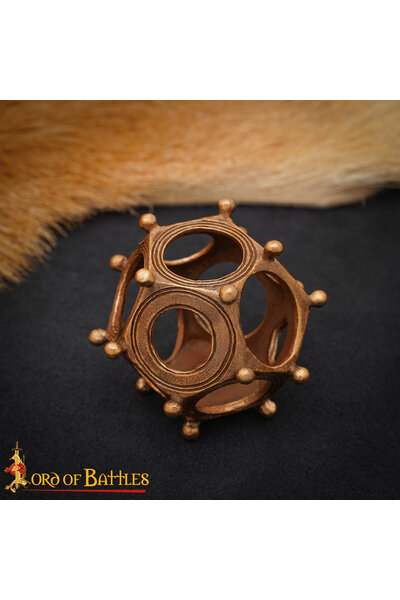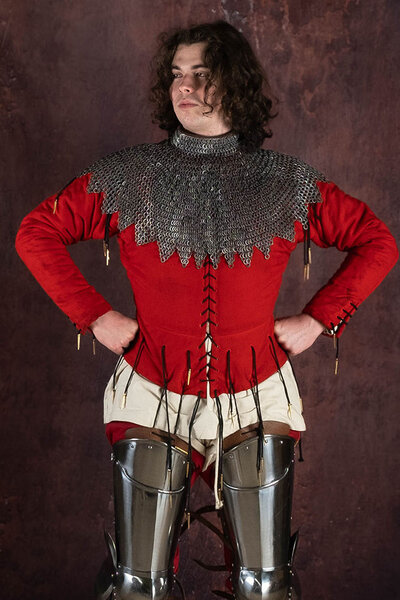Product description
A Roman dodecahedron, also Gallo-Roman dodecahedron, is a small, hollow object made of copper alloy, cast in the shape of a regular dodecahedron with twelve pentagonal faces. Each face has a circular opening of varying diameter in the center, which is connected to the hollow interior. In addition, there is a small protruding knob at each corner.
These mysterious objects date from the 2nd to the 4th century AD. They rarely show wear and do not contain any carved numbers or letters. The purpose of the Roman dodecahedrons is a much-debated mystery, with over fifty theories. There are no historical texts or images that explain their use.
Possible features that have been suggested:
- A measuring instrument used to determine distances or object sizes, although there are no scales.
- A knitting aid for making gloves, but this does not fit the material and similar icosahedrons lack holes.
- A toy or child's game.
- A tool to check coins, as some dodecahedrons have been found in coin hoards.
- A religious object or divination instrument, especially as they have often been found at Gallo-Roman sites.
- A test object for metalworkers to demonstrate their skills or gain status within a guild.
- A weapon, such as a club head or projectile, but they are too light to be effective.
Its exact function remains uncertain, and it remains a fascinating archaeological mystery.
This dodecahedron is a replica of several originals.
Details
Material: bronze (lost wax method);
Dimensions: approx. 6 x 6 cm









